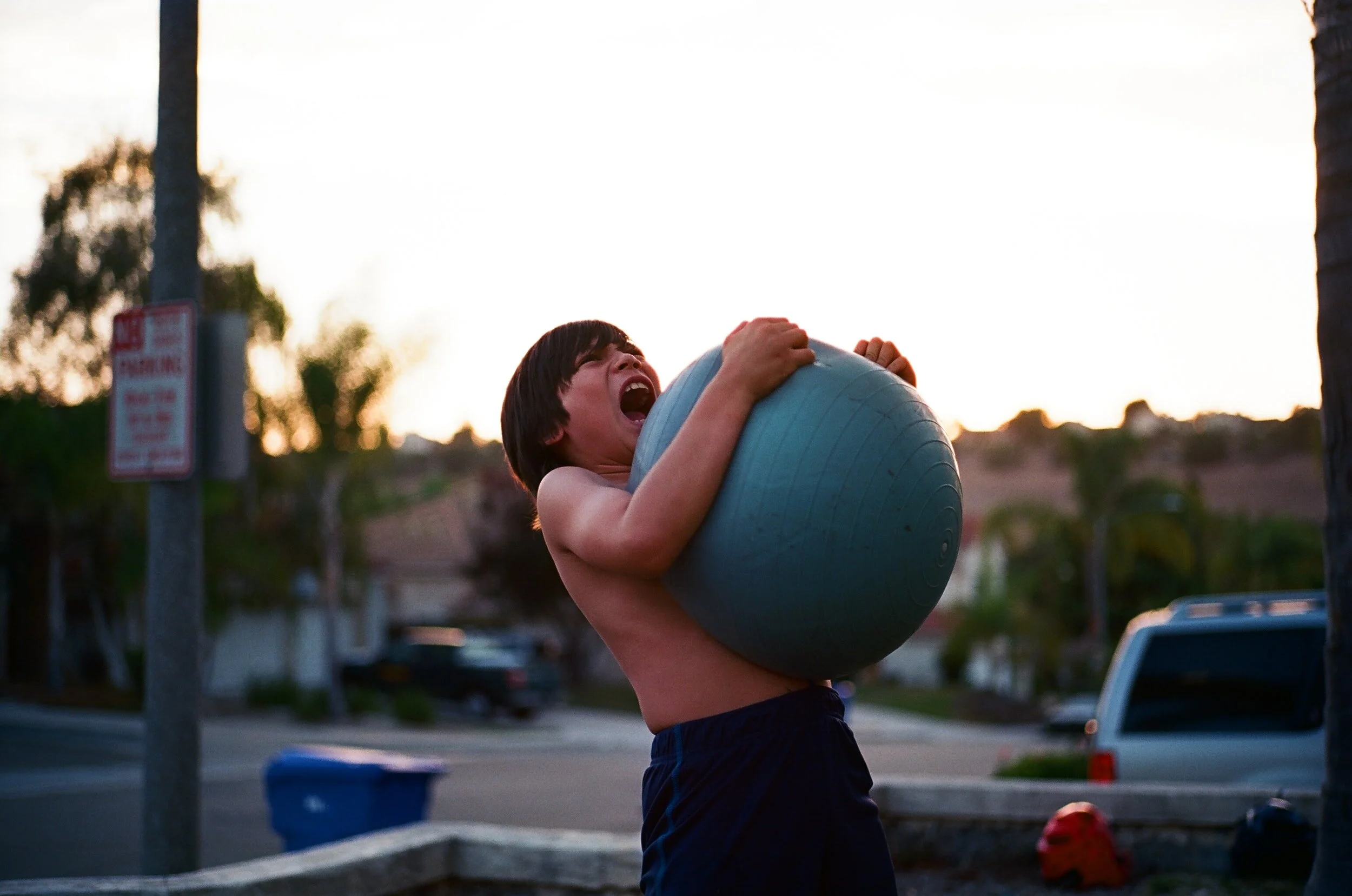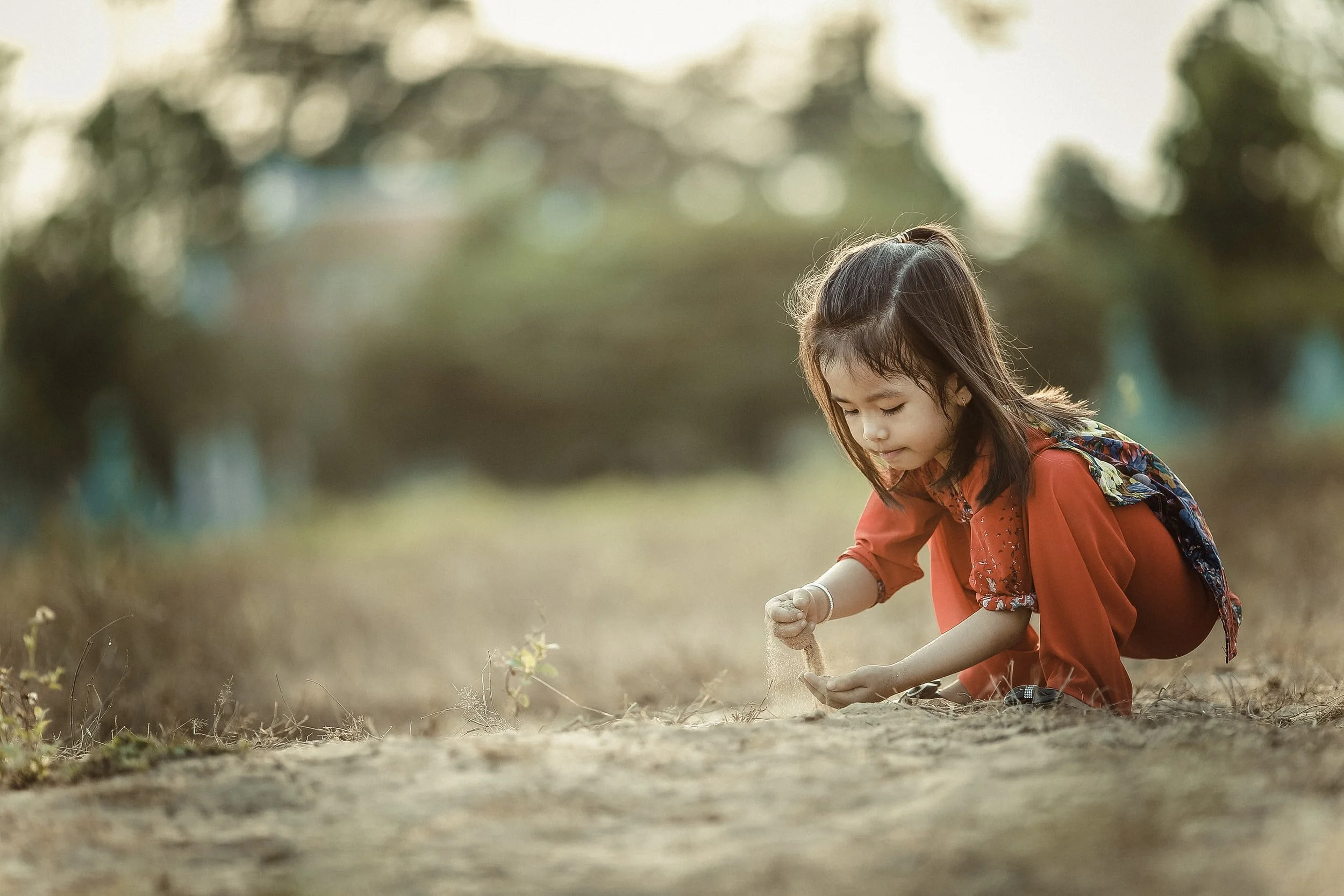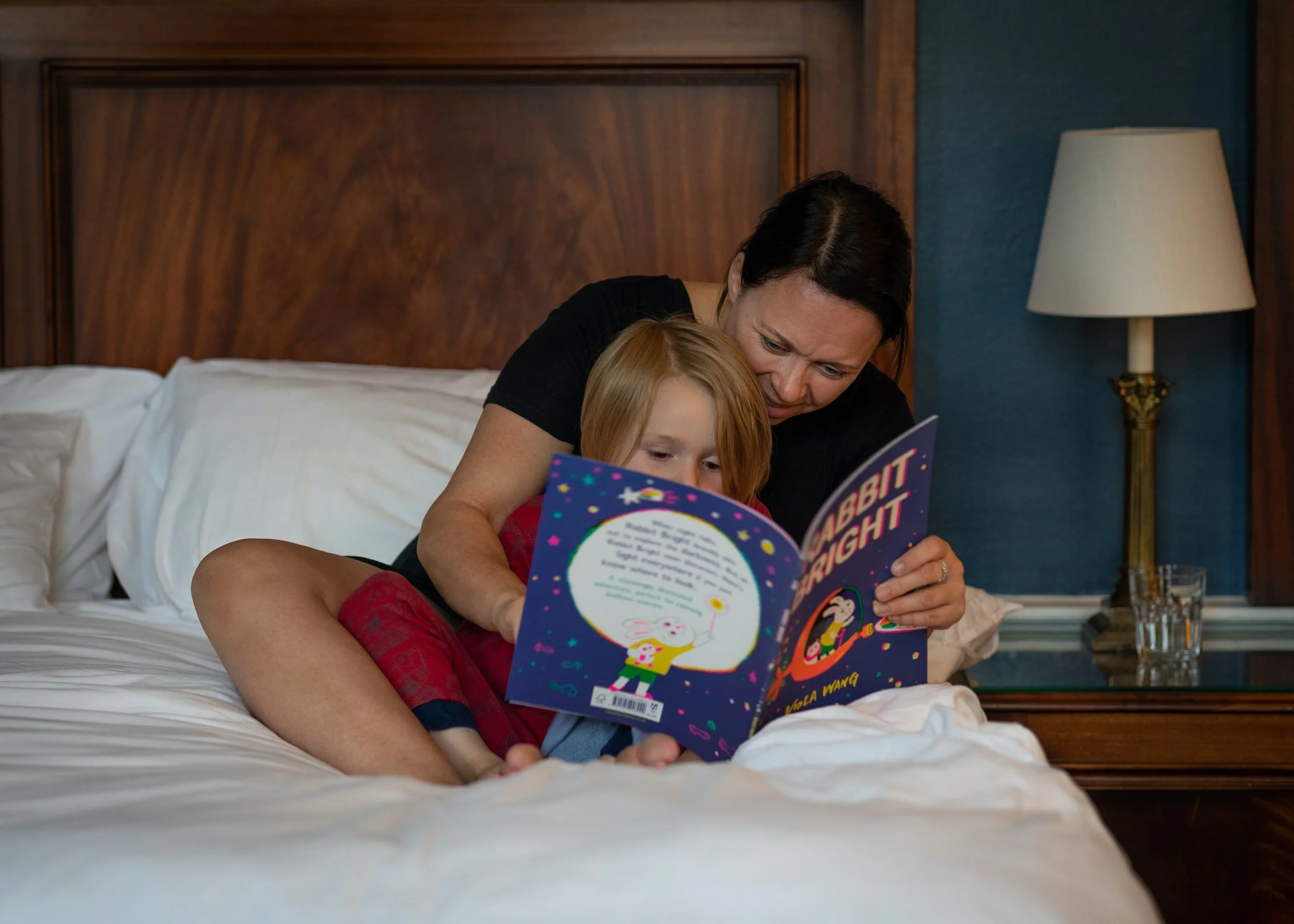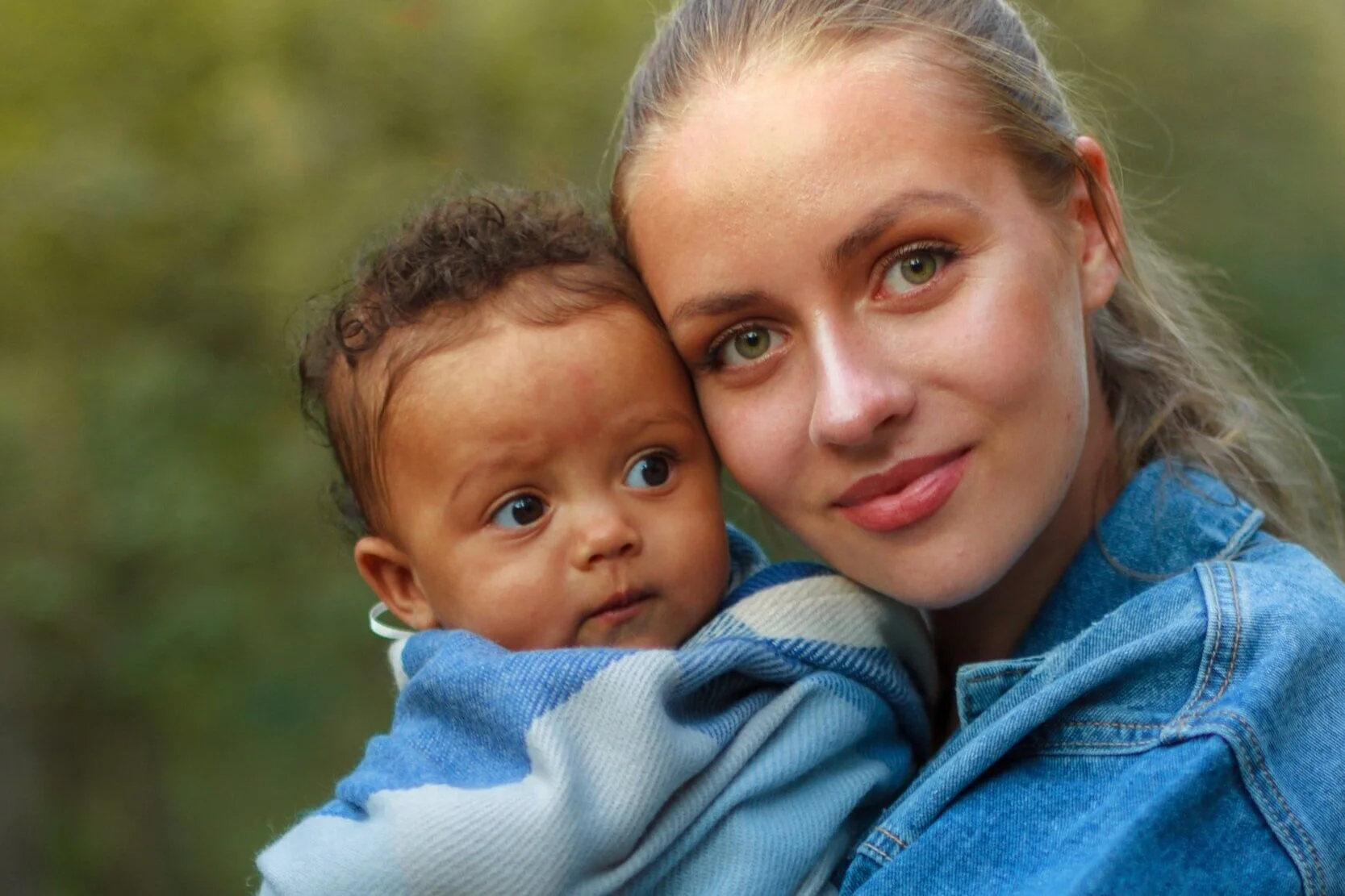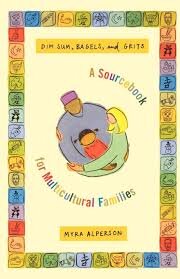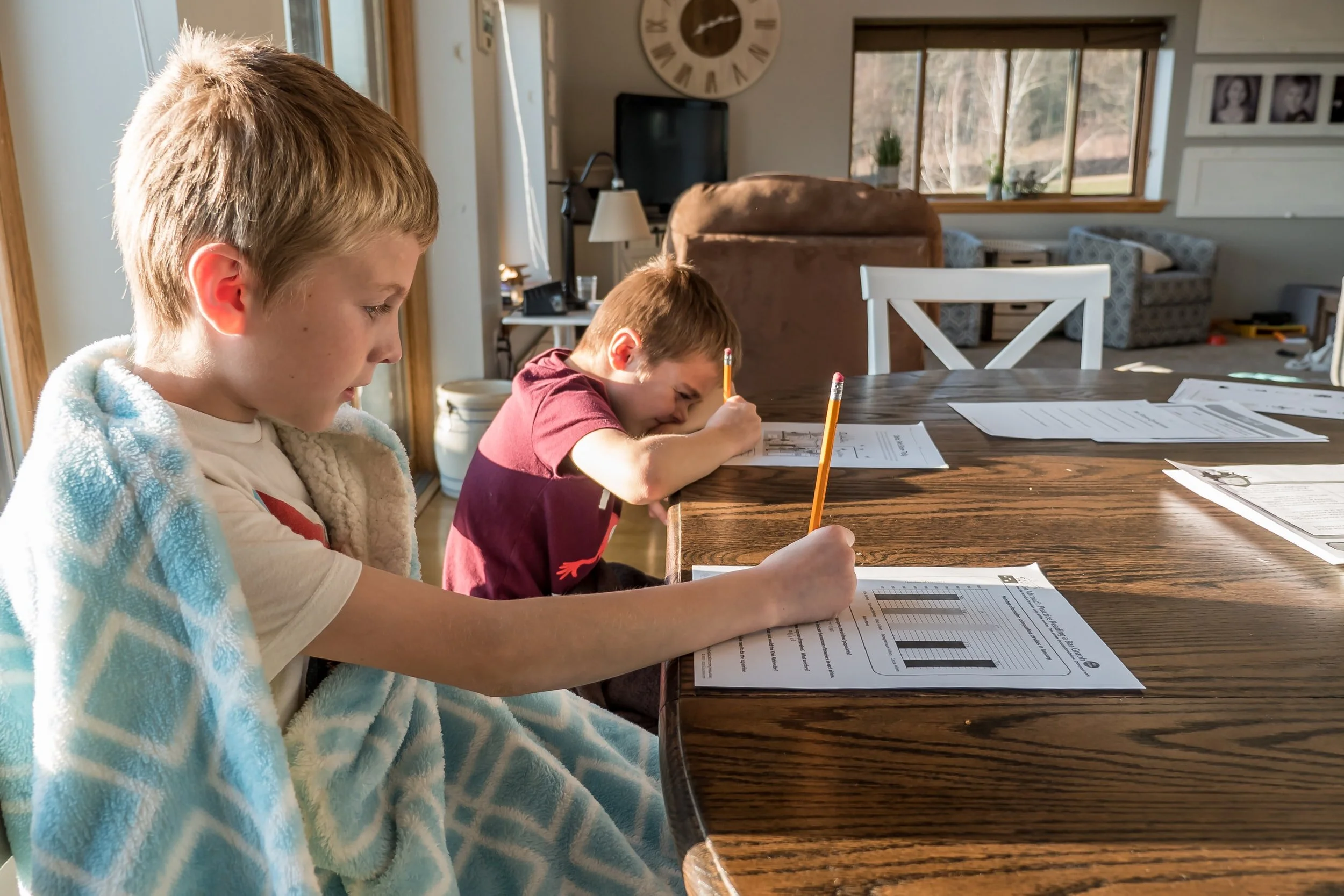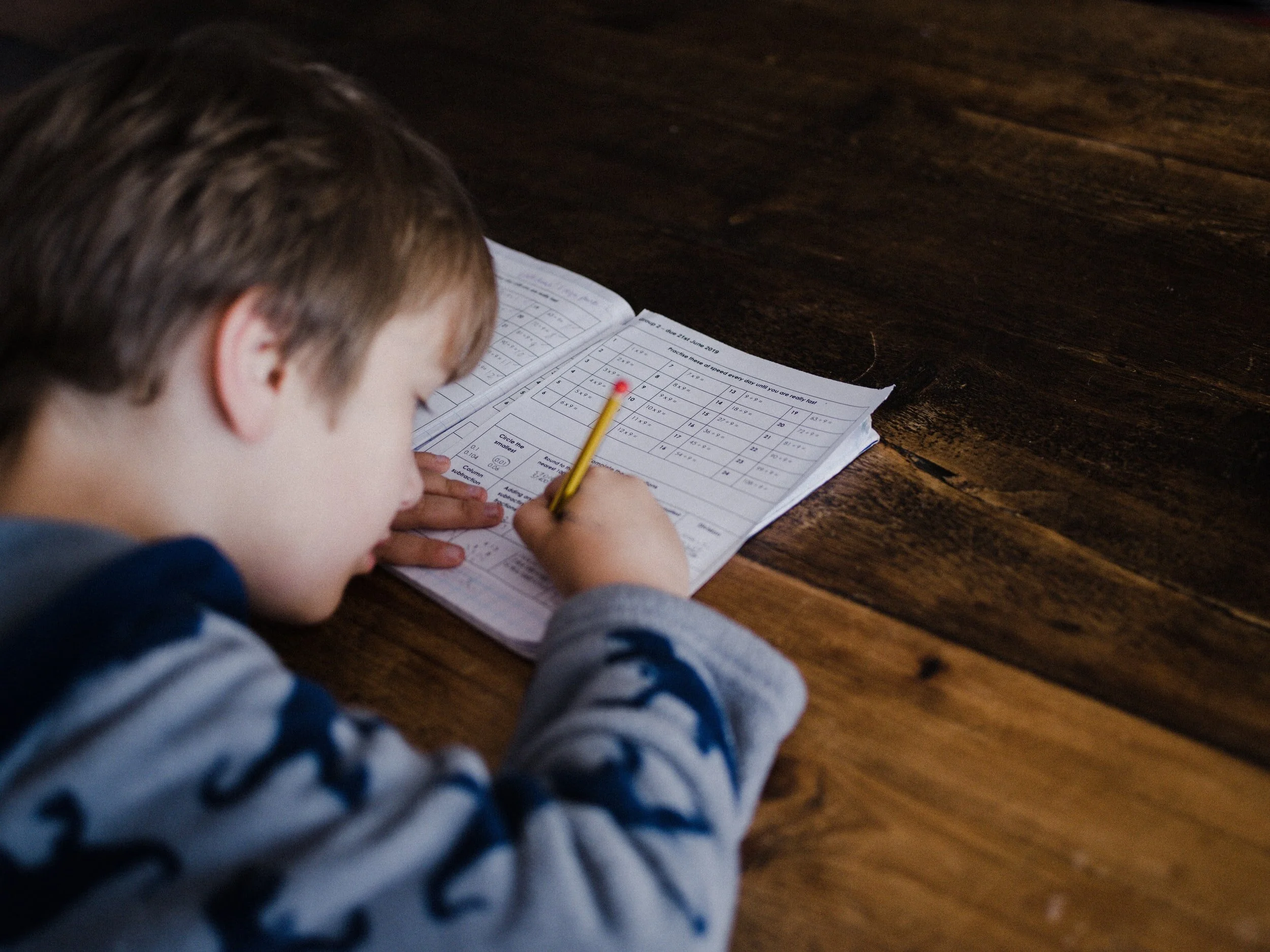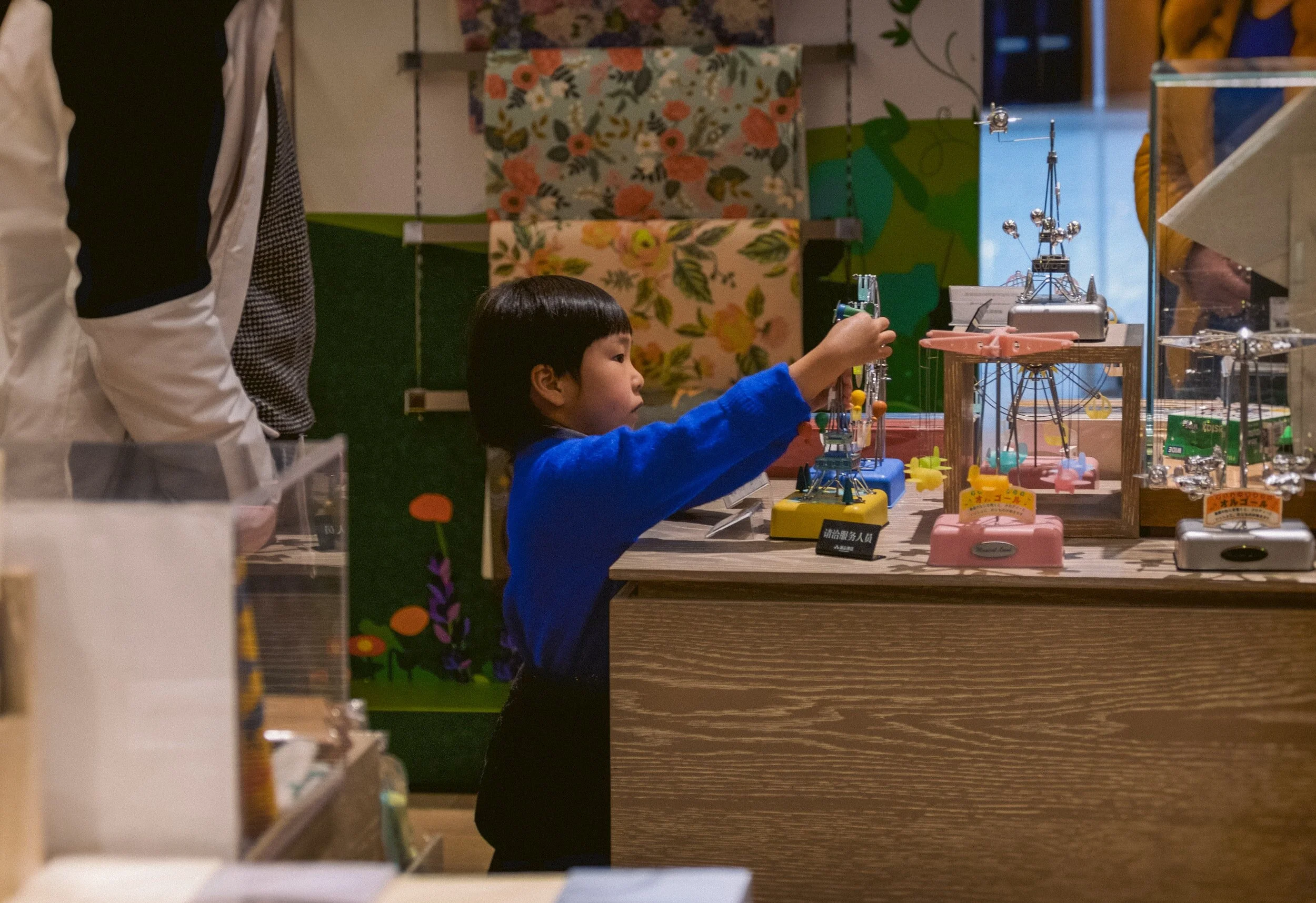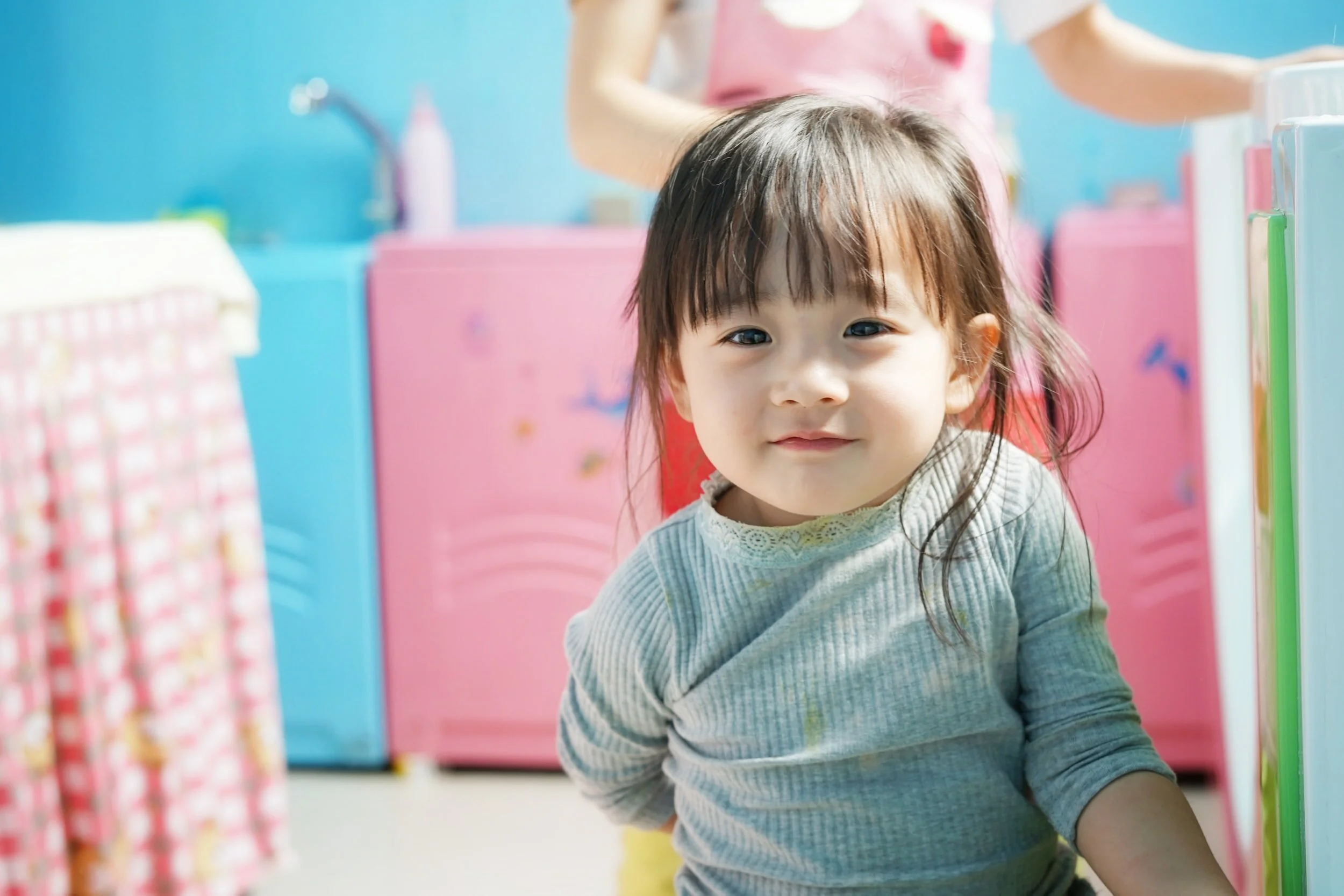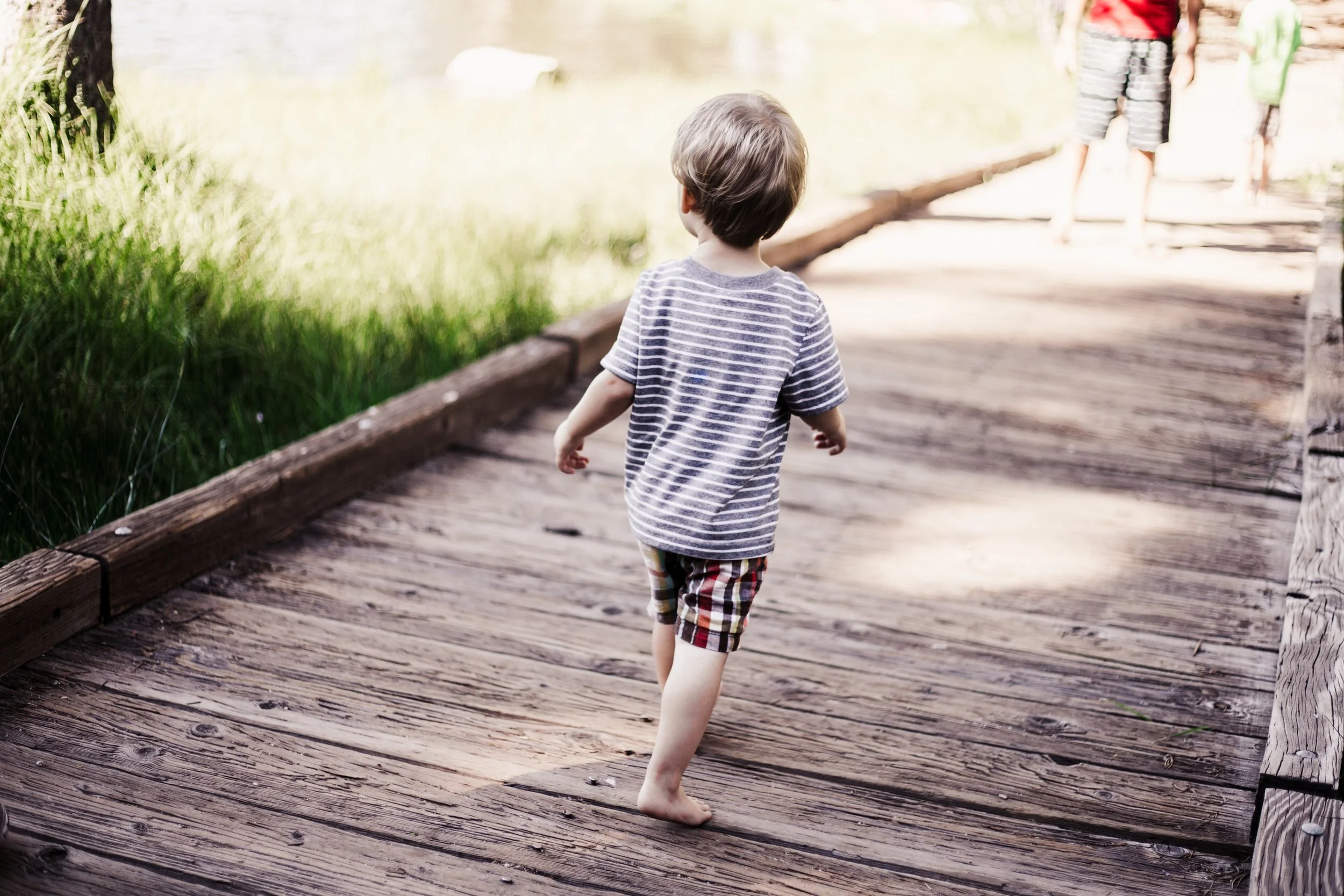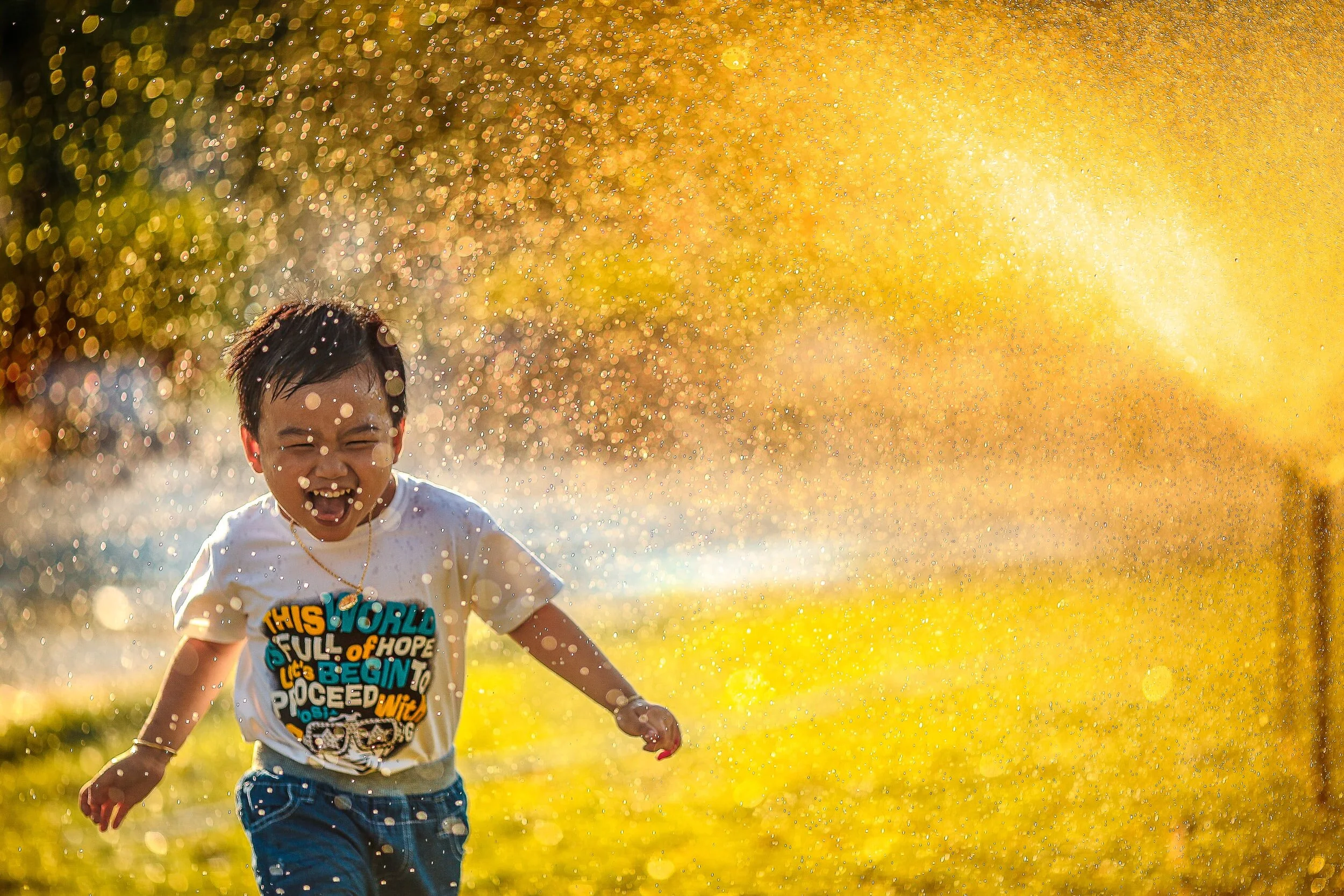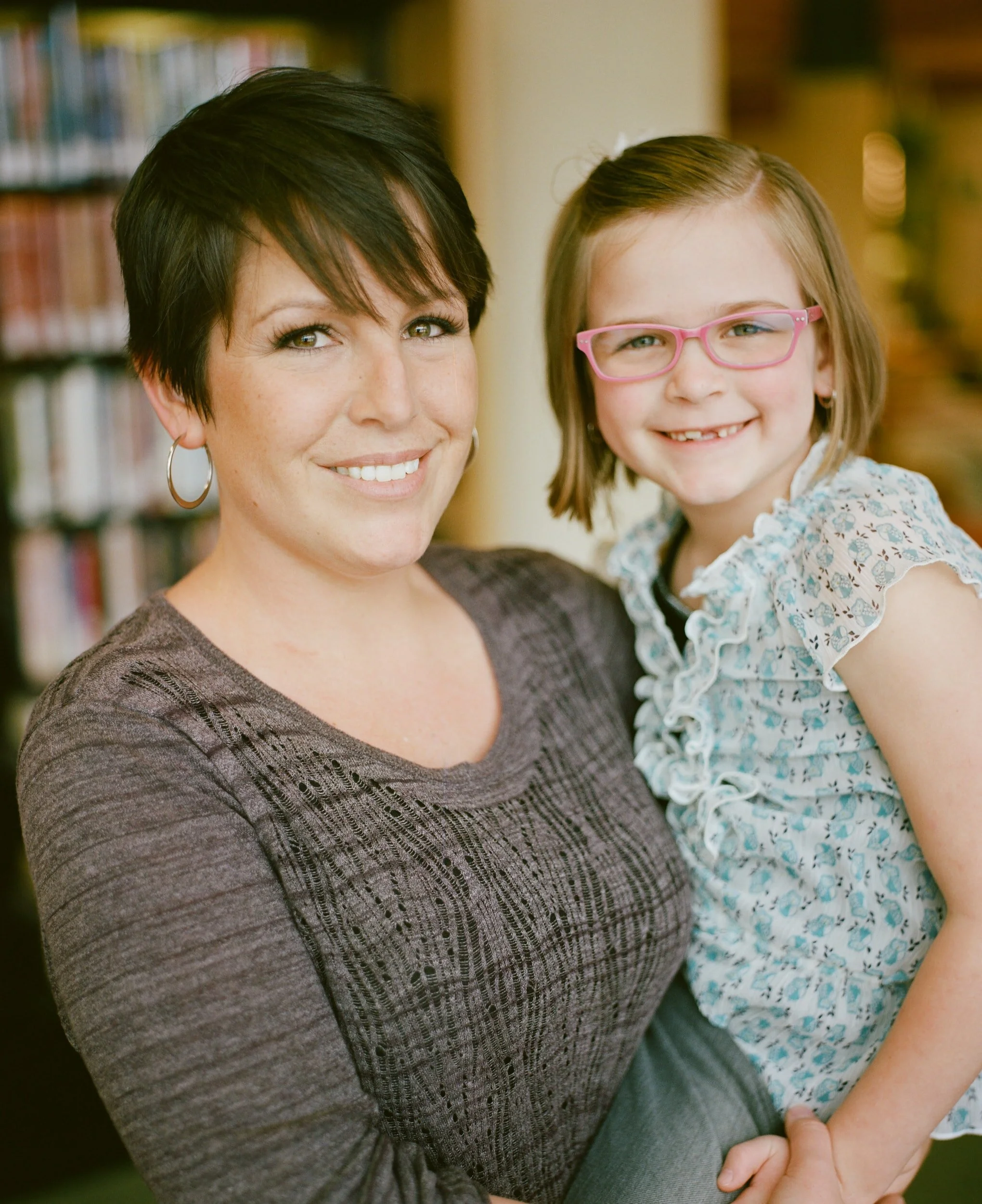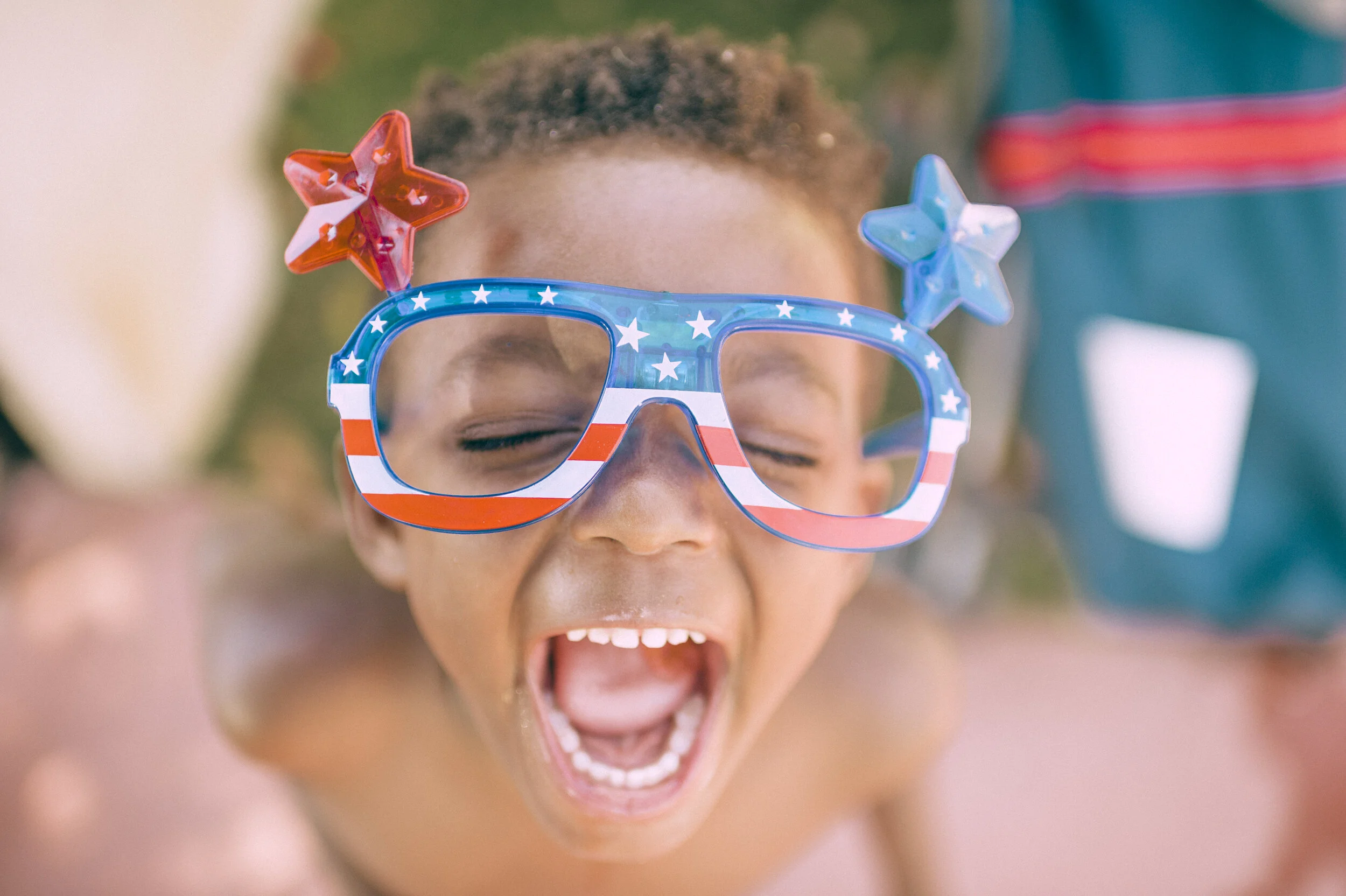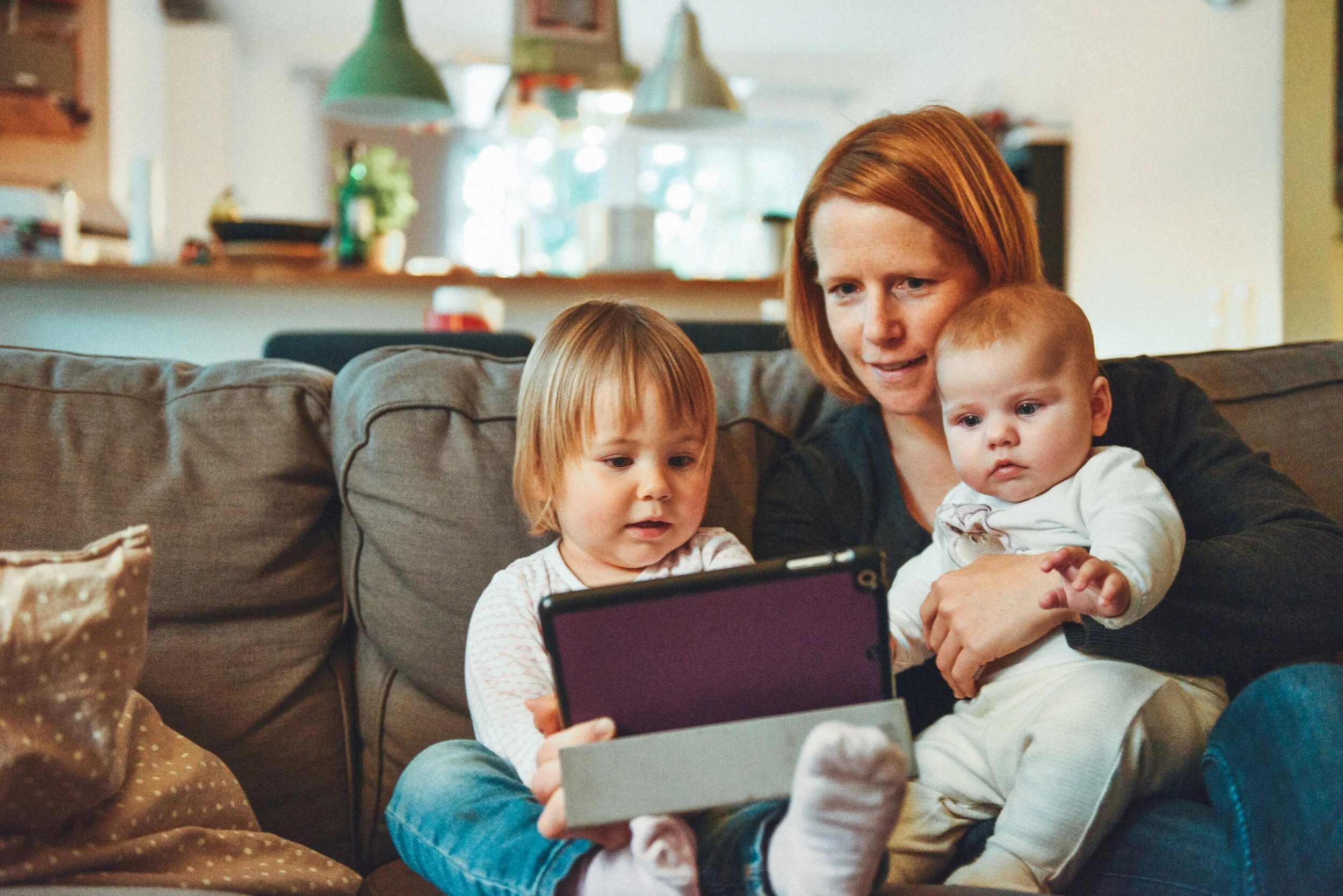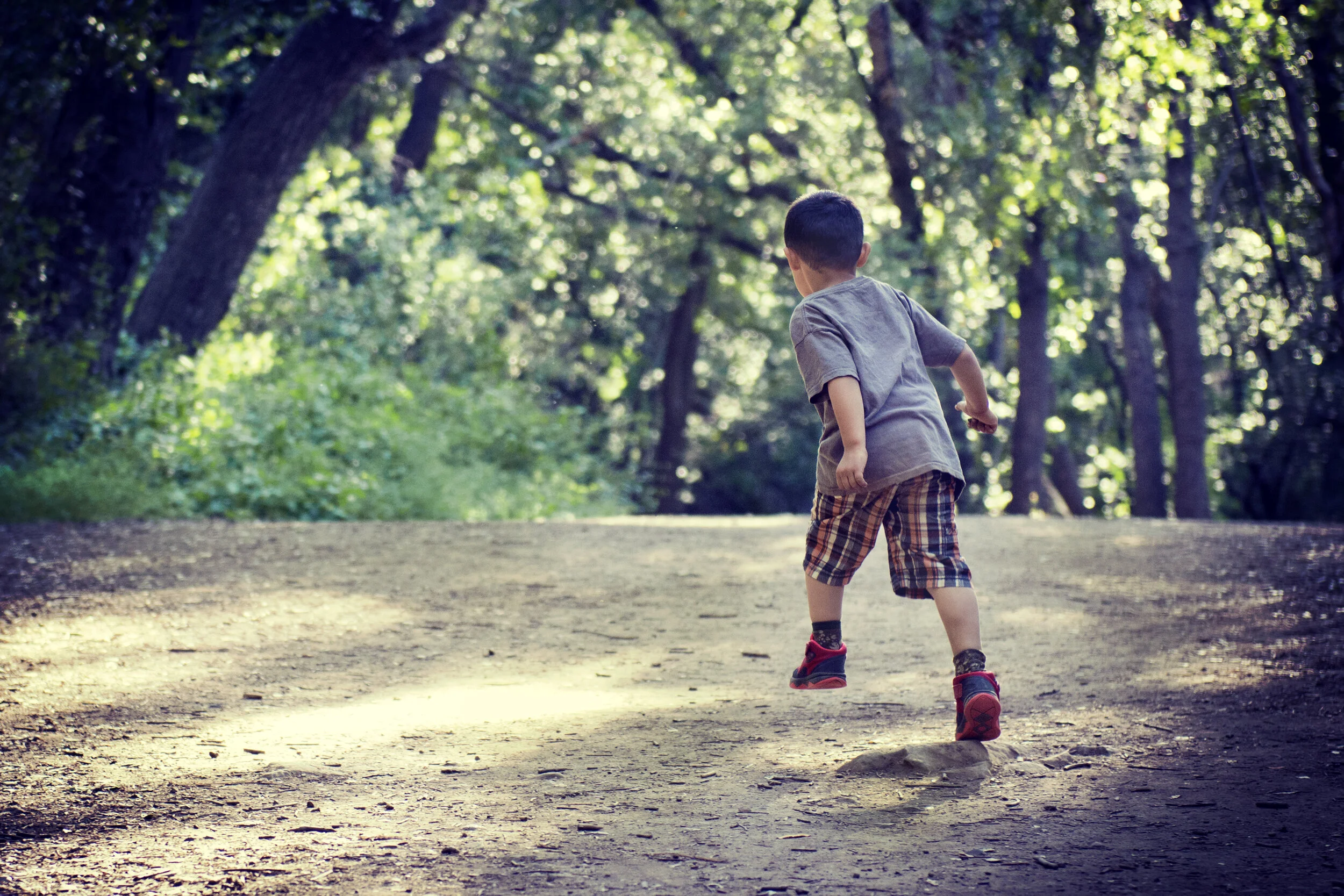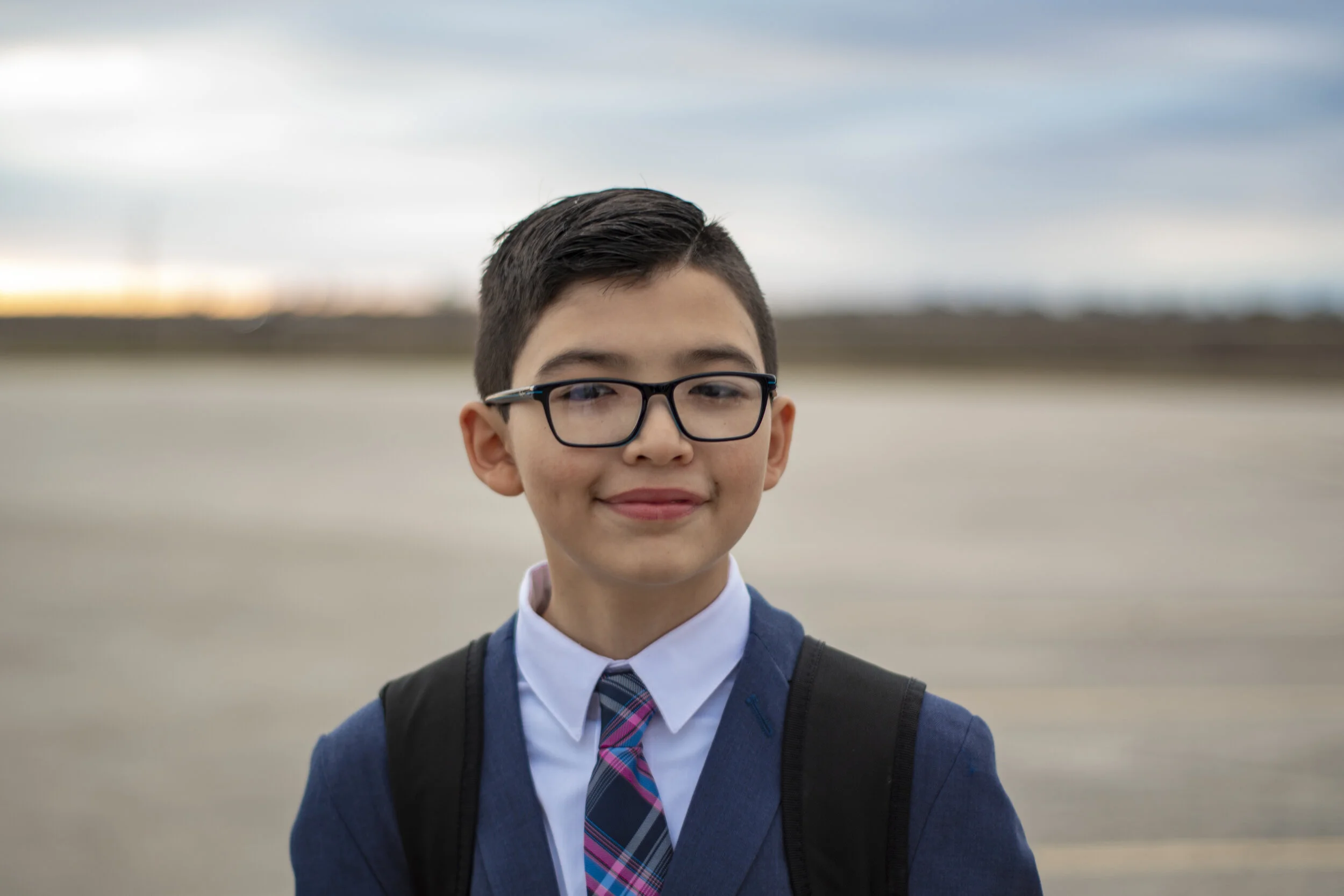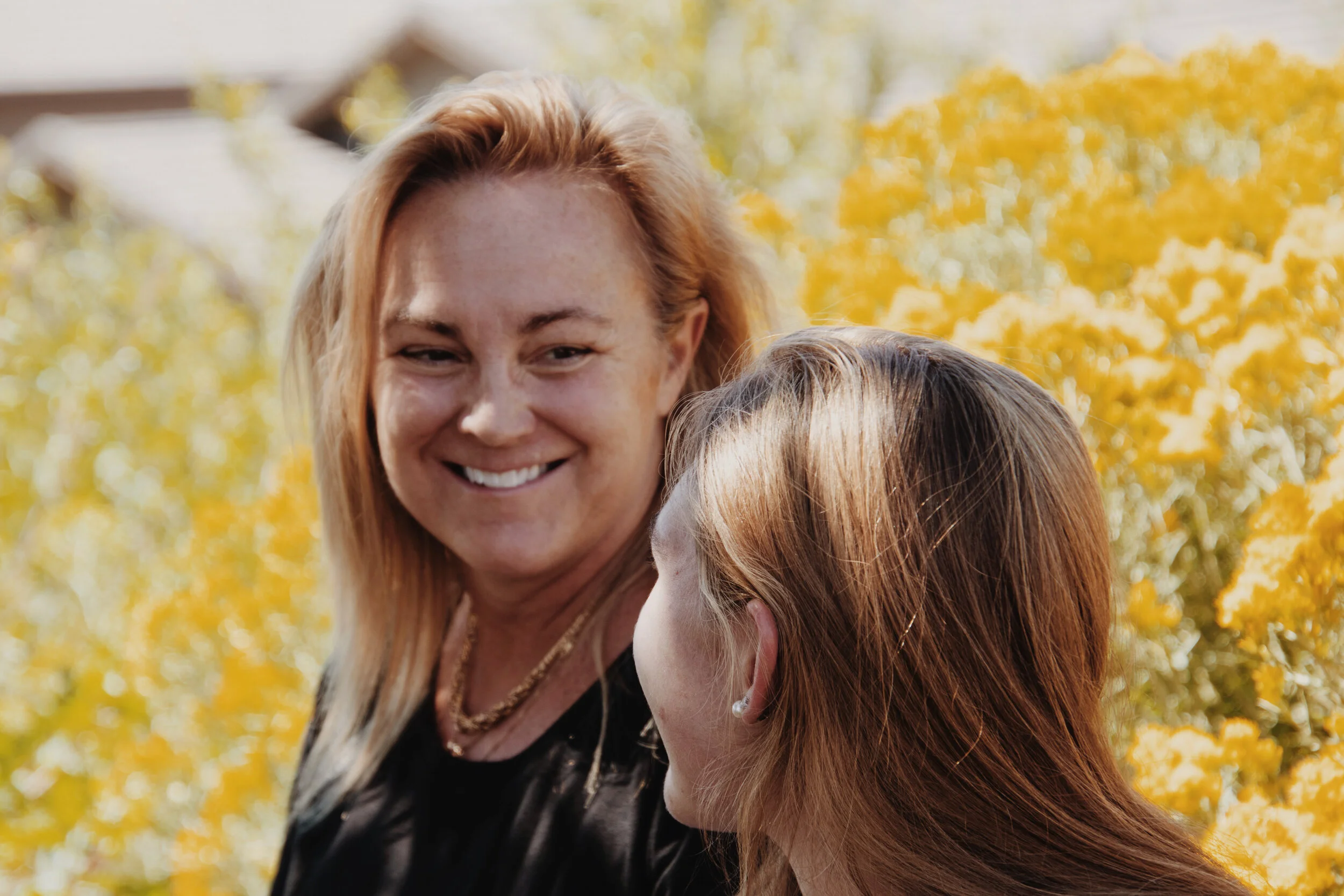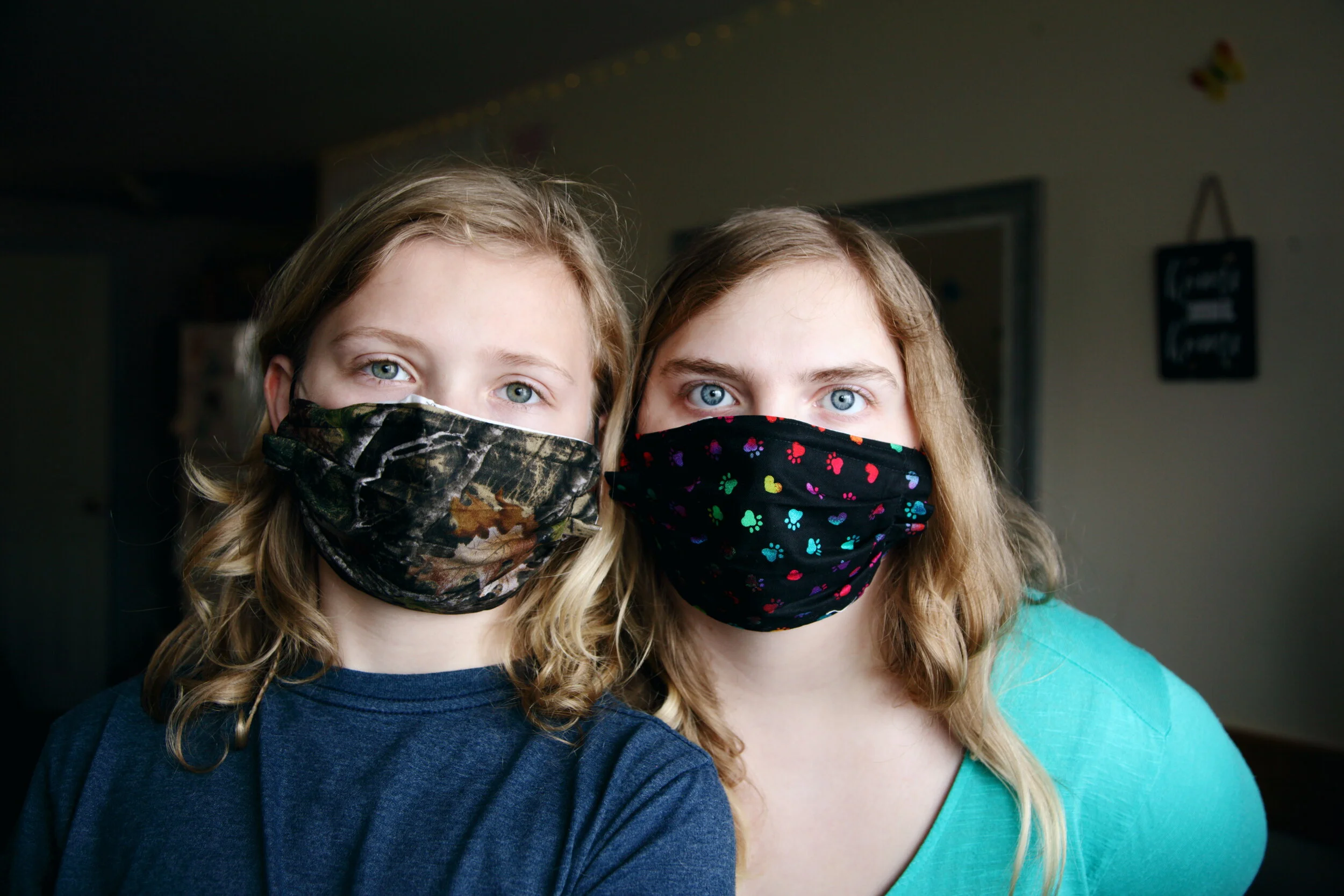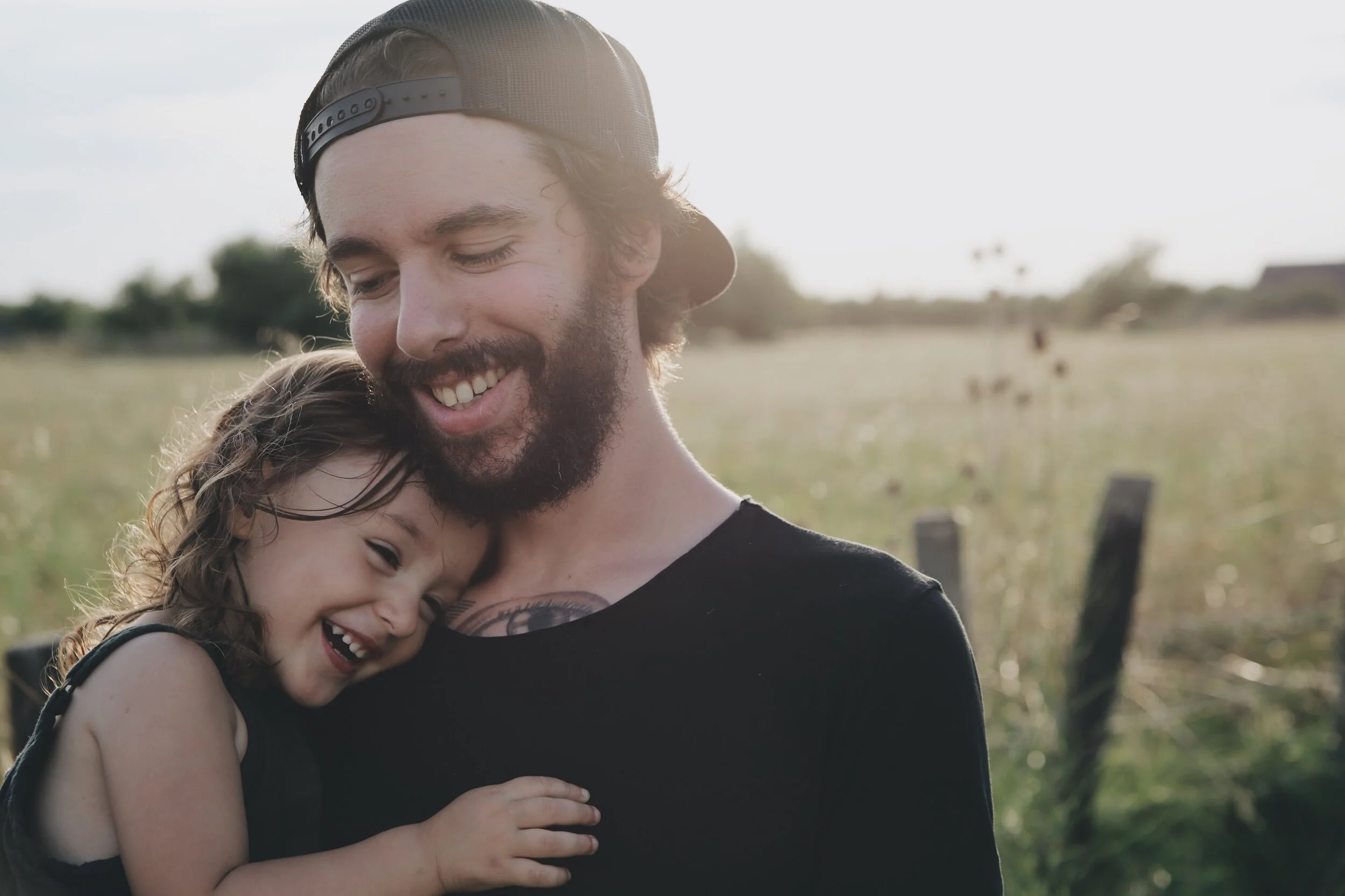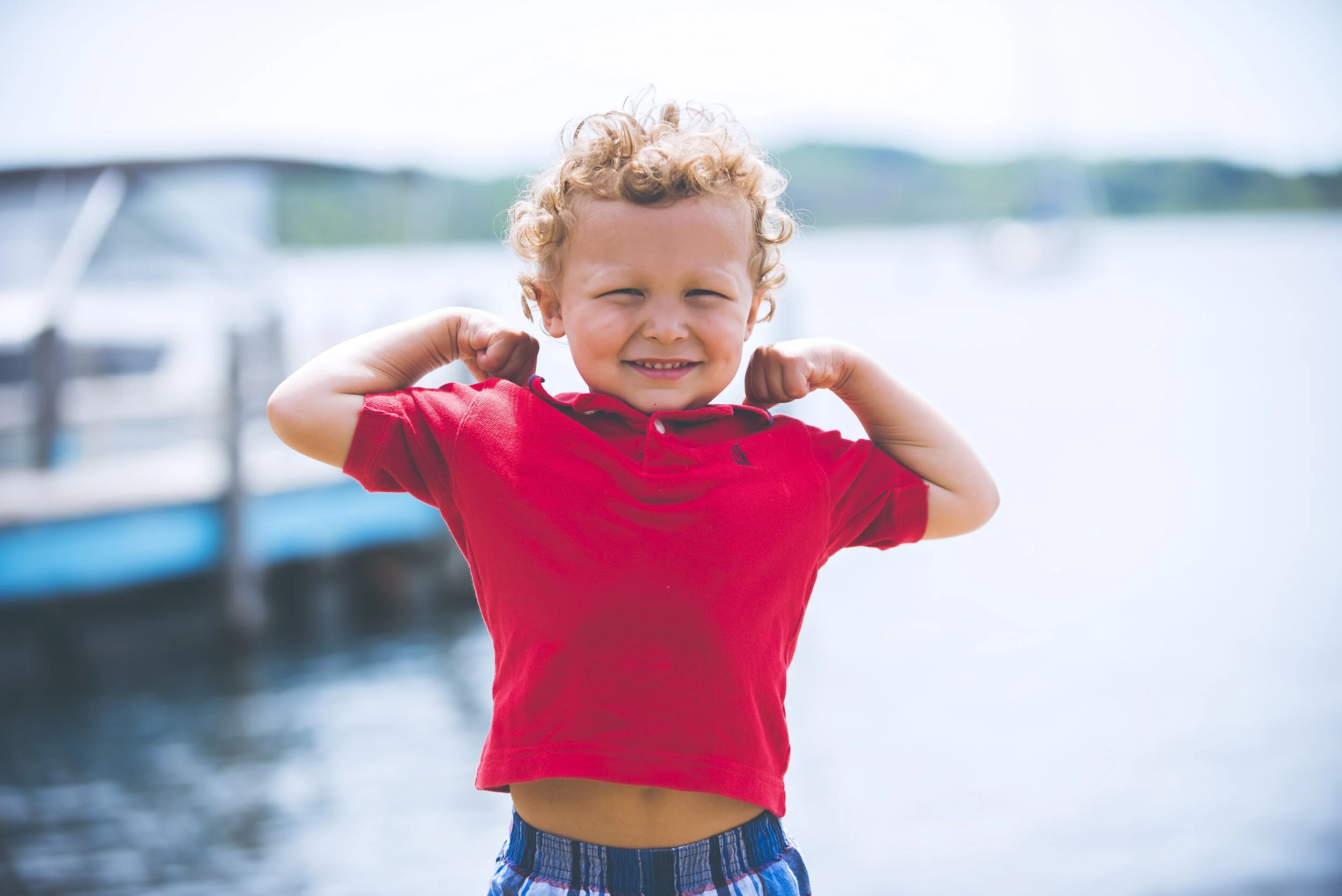You know your child better than anyone, and lately, things just don’t seem right. Maybe you have noticed your child seems to be more worried than other kids her age. Or, you’ve been waiting to see if your child’s tantrums were just a phase, but they’ve stuck around long past the toddler years. After consulting with friends, the pediatrician, or “Dr. Google”, you’ve decided that child counseling could help. How do you tell your child you’d like her to see a therapist? It’s not a conversation most families have every day, which can make it feel awkward. In this post, I’ll share some tips from my experience as a children’s therapist on how to introduce therapy to your child in a positive way.
Common Concerns When Discussing Counseling
The most common concern I hear from parents is that their child will think something is wrong with them if they see a counselor. Views on mental health are changing quickly, but there can still be a stigma attached to getting therapy. The last thing a child struggling with anxiety, depression, or low self-esteem needs is another reason to feel different or “bad”!
Parents of younger children often worry about separation anxiety during sessions, especially if this is one of the issues bringing a child to therapy in the first place. Will it be too frightening for their child to meet with a therapist alone? What be done to help soothe their child’s fears?
When the child is a preteen or teen, there’s sometimes a worry that kids will “shut down” or not be receptive to attending therapy if it wasn’t originally their idea. Any suggestions from Mom or Dad might be viewed with suspicion by a teen or tween. How can we explain therapy in a way that encourages kids to keep an open mind?
If any of these worries sound familiar to you, congratulations! Your concerns are totally normal and you’re in the right place. Keep reading for some tips on how to handle this important talk with your child.
Don’t Bring Up Therapy in the Middle of a Fight!
There isn’t one right way to bring up the subject of therapy. However, there are a few that are…not so great! This is one to avoid. As frustrating as arguments with your child can be—especially if this is your millionth meltdown this week—don’t let this be the way your child learns about therapy.
Telling your child you’re sending them to a therapist between screams or from behind a slammed door virtually guarantees they’ll view therapy as a punishment. It increases a child’s feelings of shame and embarrassment, which won’t help them get better. What’s more, it can turn children off to the whole idea of therapy. They enter their first therapy session feeling resentful and not trusting the therapist to be on their side. That is a hard place to start.
Instead, wait until everyone is feeling good to start a conversation about therapy. This way, your child won’t connect going to a therapist with bad behavior. Avoid times of the day when you know you or your child will be stressed, tired, or hungry. A quiet evening after dinner or snack time after a good day at school is a great time for this discussion.
Describe the Problem as Belonging to Everybody
It’s often easiest to start the “counseling talk” by identifying the problem at hand. Even if your child is showing the most symptoms, it helps to acknowledge that parents have a role to play in therapy, too. This way, the child doesn’t feel like she’s a problem that needs to be fixed: everyone is in this together.
Try to describe the problems you’re seeing in a matter-of-fact, non-judgmental way. It helps to empathize with the emotions your child is feeling, even if the behaviors may be tough. Avoid making assumptions about why the problem is happening, if you aren’t totally sure, and stick to the what instead. If you think a child’s struggles were set off by a particular event, you can always “wonder aloud” about the possible connection.
For example, if your child is having anxiety about going to school, you could try saying: “I have noticed you have had a lot of stomach aches and worries lately, and they usually happen right before it’s time to get on the bus for school. It must be terrible to feel so nervous every day! I wonder if starting in your new school has been scary. I don’t always know the best way to help you with your worries.”
Once you’ve outlined the problem and how it’s affecting your family, you can move on to talking about therapy itself.
Explain What a Counselor Is to Your Child
Children need to know that a counselor is someone who can help them—and you—deal with their big feelings. They need to know that therapy is common and not something to feel ashamed of. In fact, we could all use counseling at some point in our lives!
When I meet younger children, I often describe myself as a “feelings doctor” even though I don’t have a doctorate degree. Most little kids are very familiar with going to their pediatrician’s office, so it’s a good comparison to make. If you have a cold or hurt your arm, a doctor can help you feel better. If your worries, sadness, or anger are bothering you, a feelings doctor can do the same thing. It’s important to explain that feelings doctors can’t give shots!
I tell older children that a therapist is an adult whose job is to be there to listen to them. A therapist is different than a teacher or parent, because they can’t give out punishments or make the rules. They are also different from a friend, because you don’t have to worry about offending your therapist or giving them a turn to speak in conversation. Therapists also keep what you say private, which is helpful and reassuring for older kids to know.
Talk About How Child Counseling Works
When describing child therapy, it helps to keep things simple. Sometimes, over-describing the situation only adds to the anxiety. You might consider something like this: “When you see your therapist, you can talk or play about anything you want. She’ll help you with your strong feelings and will keep the things you say private. She’ll also meet with me to help me understand you better.”
You can also prepare your child for what the therapy session will look like. If you’ll be meeting the therapist in person, describe where the office is and how it looks. Young children are often excited to know that there will be a playroom filled with toys! Tell your child where you’ll be during their session, for example, that you’ll stay in the waiting room nearby.
If you’ll be meeting online, explain how that will work to your child. Most kids are intimately familiar with Zoom these days, but they may still have questions about how much privacy they’ll have or who exactly will be on the call with them. You can pick out a quiet, private location for video calls with your child, and practice logging into the therapy platform together. Younger children may want to pick out a few toys or art materials to “show” their therapist on the first day.
Looking for a Child Counselor in Davidson, NC?
I live and work in the Lake Norman area, just north of Charlotte, North Carolina. If you’re in my neck of the woods, I specialize in working with preteen anxiety and trauma at my Davidson child therapy office. If you aren’t local to Charlotte, I also work with kids throughout New York, North Carolina, and Florida using online CBT and play therapy. And no matter where you live, my coping skills courses are available to access and use at home.
Want to see if we might be a good fit? Feel free to drop me a line to ask questions about what to expect in therapy, or to schedule an intake appointment.


